
As part of an ongoing series, we recently sat down with members of Flad's science and technology team to discuss the future of the scientific workplace.
The Hypothesis:
conversations on scientific
research environments
National Labs, Planning Collaboration, and the Scientific Playground of the Future
As part of an ongoing series, we recently sat down with members of Flad's science and technology team to discuss the future of the scientific workplace.

Matt McCord
AIA, NCARB, LEED AP, BD+C
Associate PrincipalAs a designer and project architect, Matt commits to all phases of project development from master planning and design through construction.
He sees design as a method to promote interaction within research environments: to encourage people to
come together, challenge each other's thinking, and achieve breakthroughs. True meaning arises from these
interactions, which seem spontaneous but often stem from thoughtful planning and design. His
approach is grounded in gaining a thorough understanding of his clients' needs, allowing him to
meet expectations through critical thinking and creative solutions.
Q: What are some of the biggest trends or challenges that clients are asking about these days?A: Working primarily with Department of Energy (DOE) clients, we see many trends and challenges that are common to many of the clients served by our national practice. One major trend we are seeing at many DOE National Laboratory sites is modular facility design. Some of the challenges include how to attract and retain great employees, competition for project funding, and how to address aging infrastructure and assets.
Q: How does that impact design?A: One of the big things we're trying to do in relation to funding and occupancy of buildings is design for flexibility. Flexibility can be an overused word, but for the work we've been doing recently, it results in designing agile, adaptable facilities that are scalable to meet the needs of different scopes of research that range from modeling/simulation to bench-scale to demonstration-scale research environments.
Flexibility in many cases can manifest in modular planning principles. This is common in planning for research environments that benefit from repetition driven by lab benches and equipment. Modularity also comes into play with building materials and construction methods. Modular assemblies and off-site prefabrication can often reduce the high costs of construction at remote DOE locations. Additionally, prefabrication in controlled construction environments can lead to a reduction in construction waste, improved safety conditions, and increased quality.
The idea is generalizing space. Whether it's a scientific workplace or office environment, a laboratory or research environment, or other type of research support space, the aim is a model where space isn’t necessarily assigned to specific long-term occupants. For instance, a group of researchers might utilize a space to conduct research over the course of a few years. When their research concludes, another group can utilize the space for different research without needing to completely redesign the space.
As a result, we are trying to plan space and design facilities giving consideration for a "greatest common denominator" approach that can be applicable to meet the initial basic needs for different potential users. Less customization up front can expedite execution and maximize facility size within available funding.
This can be a challenge. It can be much easier in an office environment because anybody can pick up their laptop and backpack and work in a different space. It's harder for research environments that may have specific requirements for infrastructure (e.g., power or specialty gases), equipment size and configuration, or hazard classification levels.

We are trying to plan space and design facilities giving consideration for a "greatest common denominator"
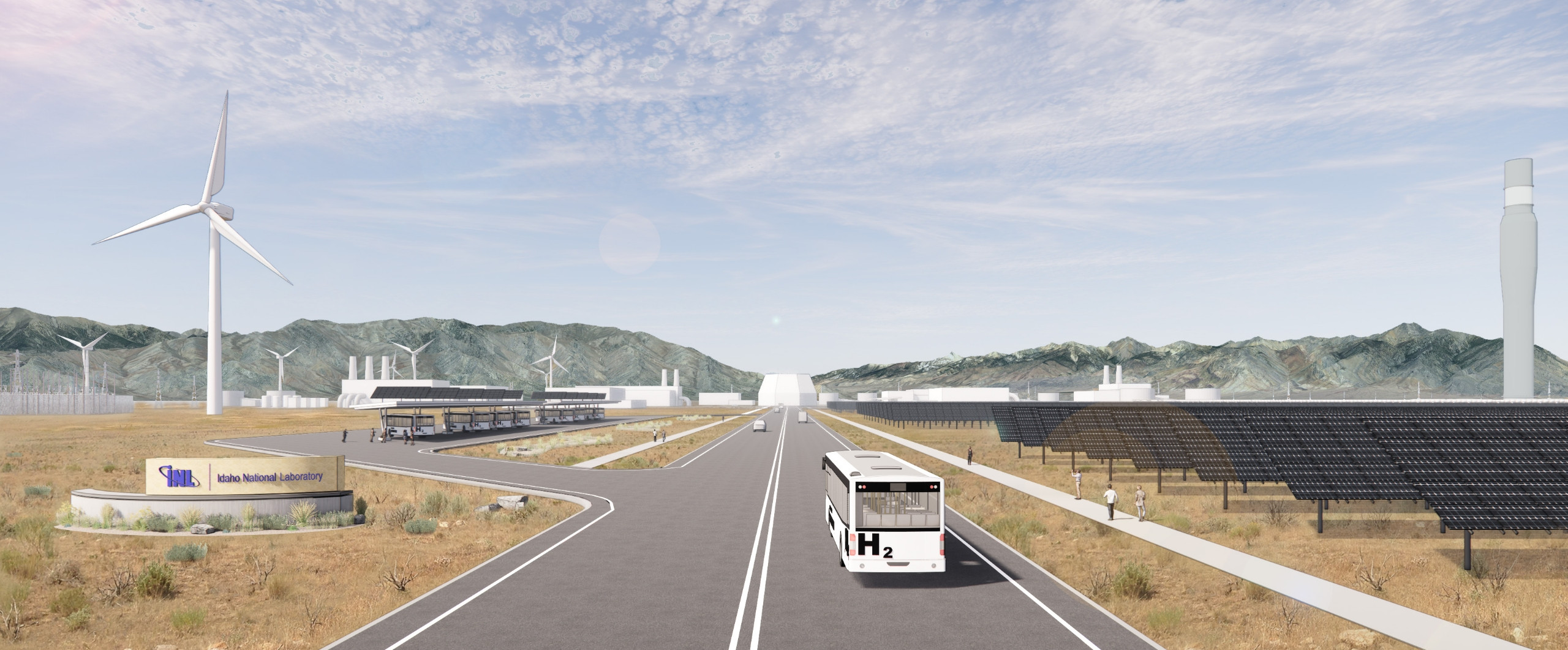
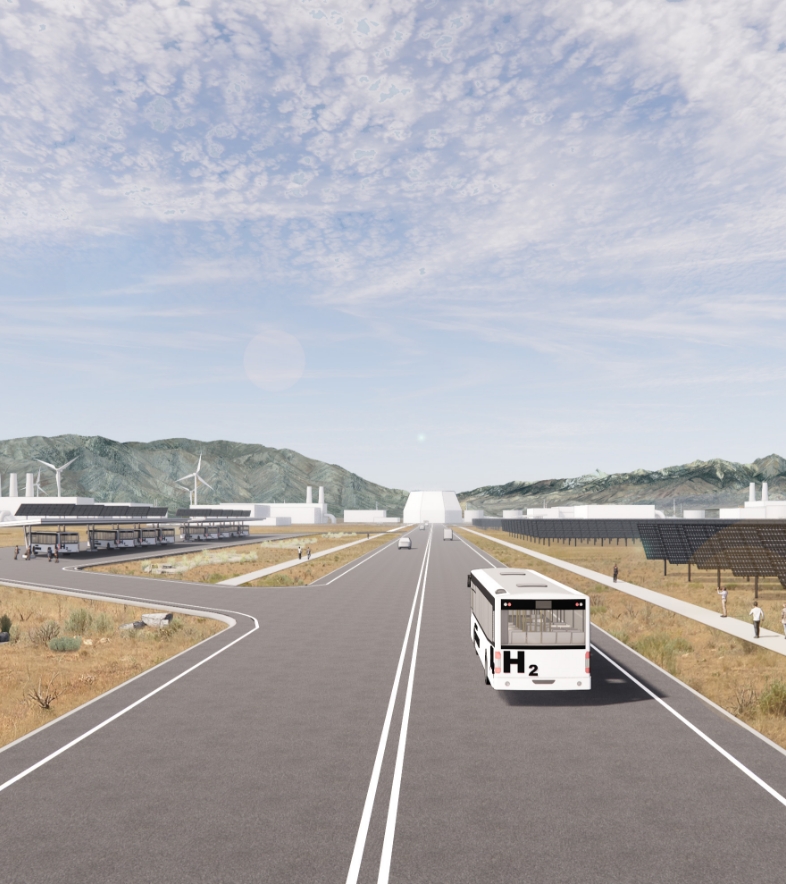
Q: What emerging science are you seeing?A: Obviously with the DOE and national labs, there is major interest in electrification, carbon-free energy, and resiliency. We're seeing a lot of aspirations to help lead the way and find ways to generate energy in a carbon-free environment. We are seeing this happen through ideation and scientific discovery. We are also seeing this happen through application, demonstration, and relationships with commercial partners.
Our team provides a lot of high-level strategic master planning that sets up a framework for future growth of capabilities and introduction of new research programs. We start with helping our clients create a vision. Then we move into exercises that overlay the many factors and variables to build a development plan. This helps provide a roadmap for long-term planning and development while accounting for aspects that include land use, demolition of aging assets, planning for future utilities and supporting infrastructure, and smart planning of future facility placement.
We are seeing a lot of emerging research around lab to pioneer-scale activities that will help provide clean energy options to support net-zero energy operations. A desired outcome of this research is to create integrated energy technology systems that meet federal goals and mandates across all energy sectors. The ability to model, test, and validate these systems and technologies will require large-scale research environments comprised of quickly deployable, flexible laboratory and production facilities that can evolve as research demands dictate.
Q: What will a research space look like in 10 or 20 years?A: Based on what we're seeing now, it seems that there will be what I might describe as different tiers of research environments. Some are heavily funded, large-scale facilities that are fully dedicated to a specific long-term research program or capability. These will be highly customized labs for specific end users.
In the other category are projects that are smaller scale, multi-use facilities supporting general research and providing greater institutional benefits. One of them might be focused on biological research with wet labs. One may be based more on radiological research, so its infrastructure is much different. These multi-use labs will be less customized and able to support a much broader set of end users.
To me the future looks like a combination of these larger and smaller projects that support each other. The larger projects are leading the way, and this collective group of smaller facilities, which when combined, can be equivalent to those larger projects.
I think that's what the future looks like because you can build more of those smaller projects within the framework and the constraints of limited funding, and they can be more adaptable and agile for whatever future research needs may look like. If a new user moves in, they may need to implement specific equipment or elements and customize the space for their needs, but there's a base offering that they get as part of their start-up package.
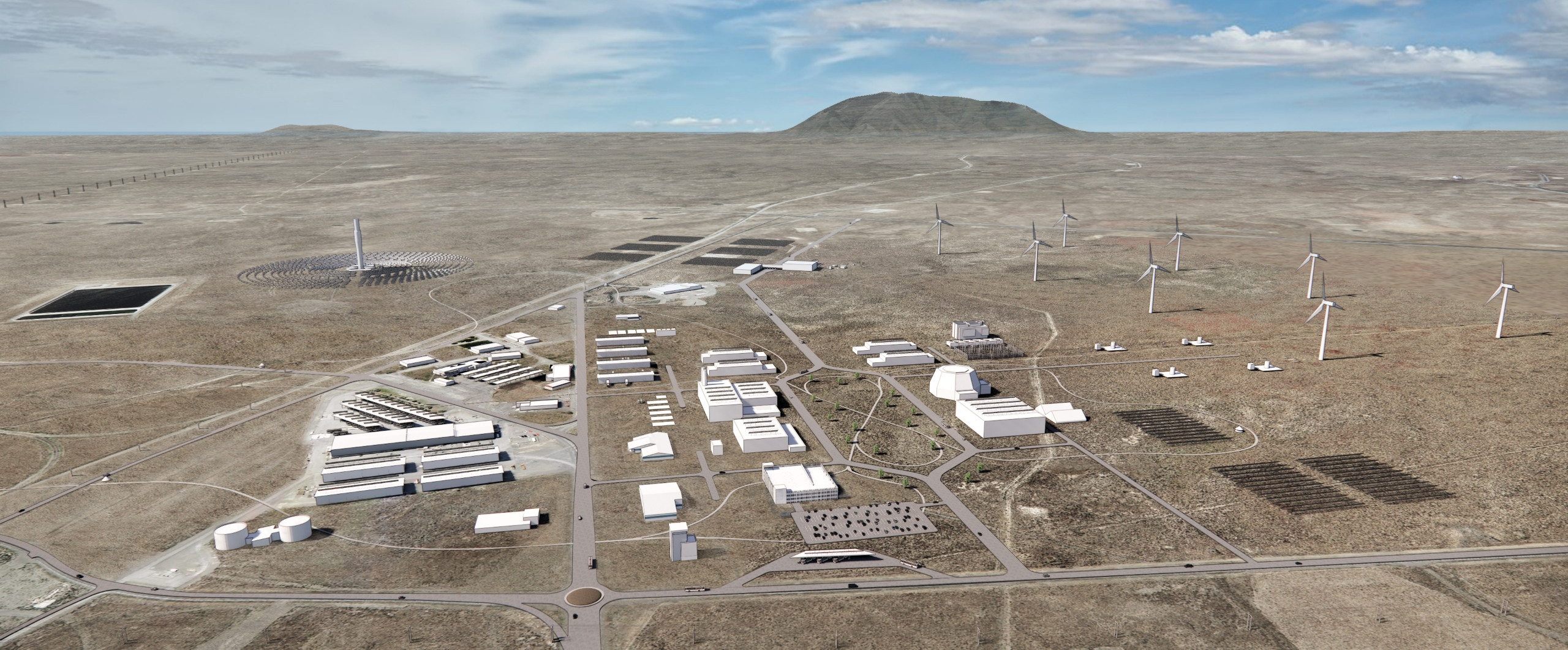
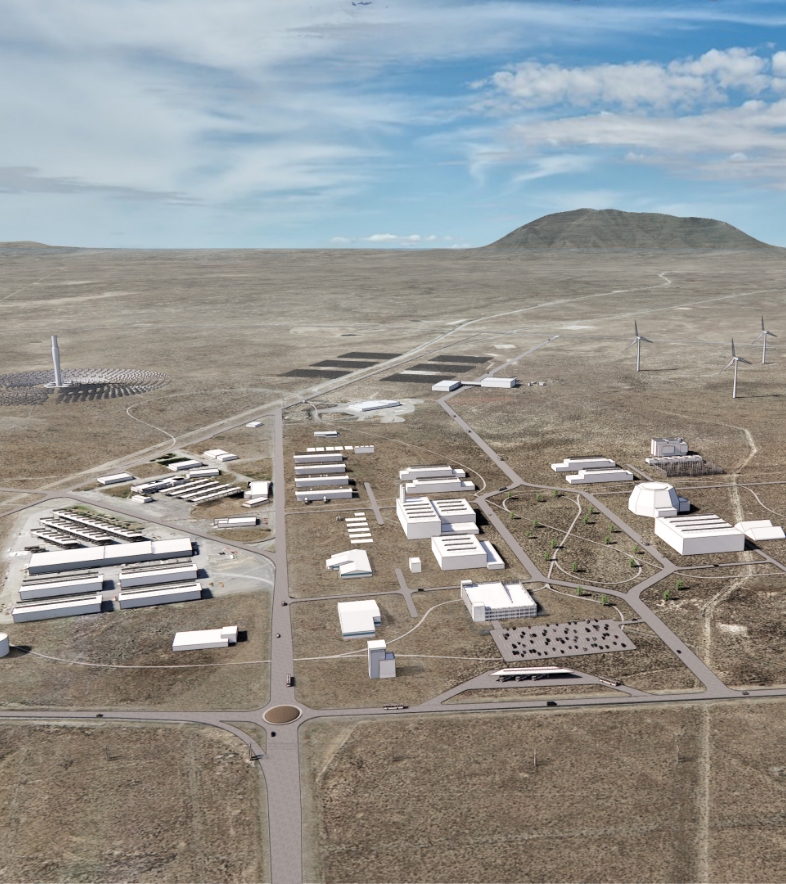
Q: If you could reimagine the scientific environment of the future, what would it look like?A: I think the scientific environment of the future looks like a children's playground where people come together, they socialize, and they collaborate. Those interactions lead to discoveries.
This R&D scientific playground will be a collaborative, innovative environment where researchers and scientists have more freedom to experiment, explore new ideas, and develop cutting-edge technologies without the usual constraints of traditional research settings.
It's slightly more free-form. People come and go, and you're not just seeing the same people every day. You're interacting with more people.
That model might work better for some than others, obviously. There will always be concerns with containment, security, or safety that may prevent that from happening everywhere. But I imagine this big park where some kids are on the swings, another group of kids come in from a different neighborhood, they start to interact, and they all decide to play soccer together. All these different things are happening. It's like a little research ecosystem.

I think the scientific environment of the future looks like a children's playground
Q: How can design support that concept?A: It's helpful to interject into our designs more of these magnet spaces where that social aspect is heightened and ensure that it's not being removed from the building program. Those social moments can be significant to enable discovery while also creating a respite from the laboratory environment.
It's important that we design to promote those interactions at different scales. It could be at a campus level within a cluster of buildings, it could be at a facility or building level, and it could be at a smaller laboratory scale environment. Also, people respond and think in different ways, so providing this tapestry of options is how we can use design to enable, promote, and support interactions.
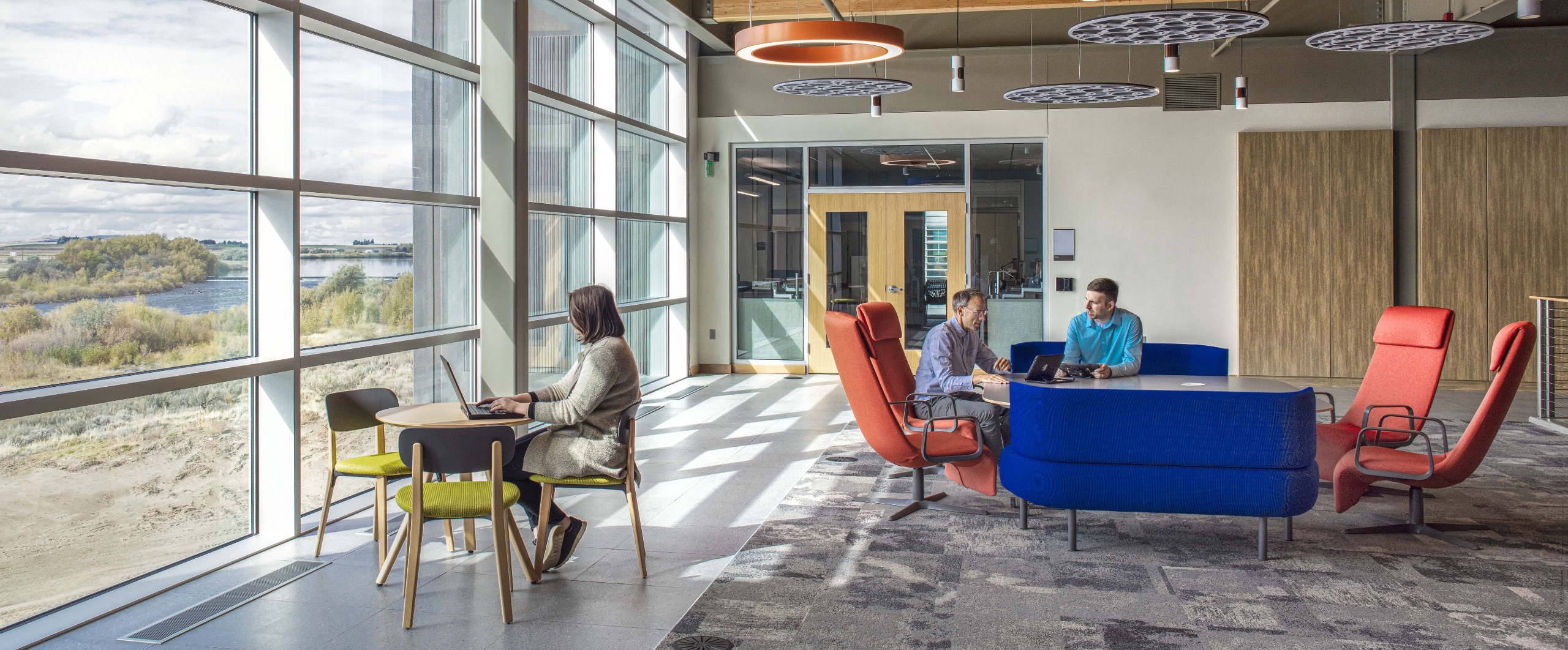
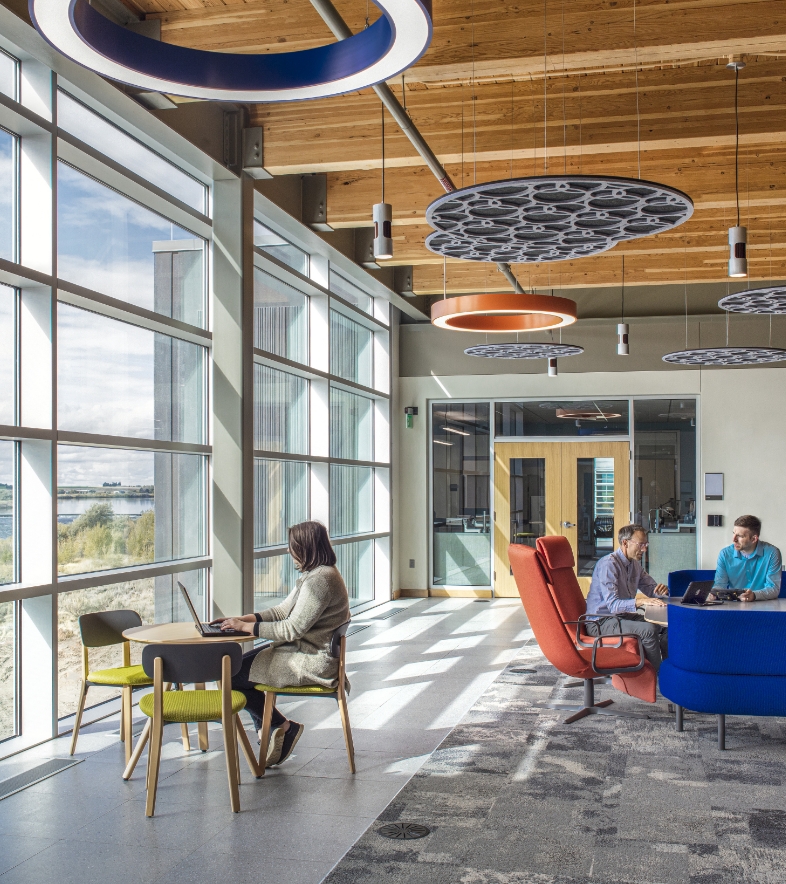

Those social moments can be really important to enabling discovery
Q: What's an example of a space like this that has been successfully developed?A: At the Idaho National Laboratory (INL), we designed the Collaborative Computing Center, which houses a high-performance computer and scientific workspace where INL researchers, Idaho universities, and industry partners collaborate to conduct a broad range of scientific research. The facility design is organized around a large two-story social hub. Fifteen individual and reconfigurable scientific workplace pods are organized around the hub that supports software development and computational research. You can't get into any one of those fifteen spaces without walking through that central social space and interacting with colleagues and peers along the way.
The central space has views that look out to the mountains in the west where you can see the setting sun with the Snake River in the foreground, so the natural environment is right there. It’s a place where the design almost forces people to interact with each other without realizing it because people are so focused on the task at hand and might not be seeking out those interactions on their own. It's a space that supports informal meetings and collaboration, a place for a quiet moment, a change of scenery. It's also a campus amenity space that occupants of adjacent facilities often seek to take advantage of its amazing qualities.
Share your thoughts or questions on these topics or others you'd like to hear our experts address. Email us 